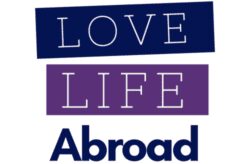There is nothing better to learn about history than reliving it. So, today, you’ll learn all about the Gold Rush Towns in California.
There’s something special about these towns that brings their fascinating past to life.
These destinations are exceptional, from old buildings and rustic architecture to tales of colorful townsfolk during the Gold Rush era.
Look at our list of 6 best gold rush town picks in California and prepare for a journey through time!
Disclaimer: Just a heads up, this free article contains affiliate links. If you purchase after clicking one of these links, I may earn a small commission at no additional cost. Also, as an Amazon Associate, I earn from qualifying purchases. Your support helps me continue to provide helpful and free content for you.
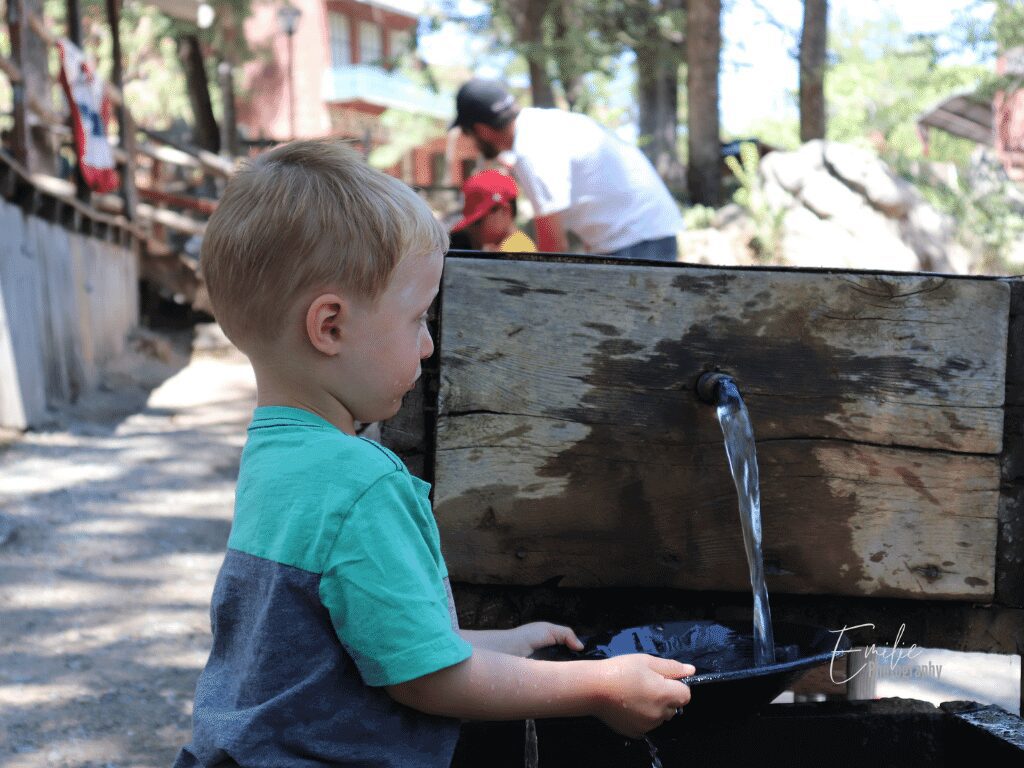
💡A bit of History: Route 49 Gold Country
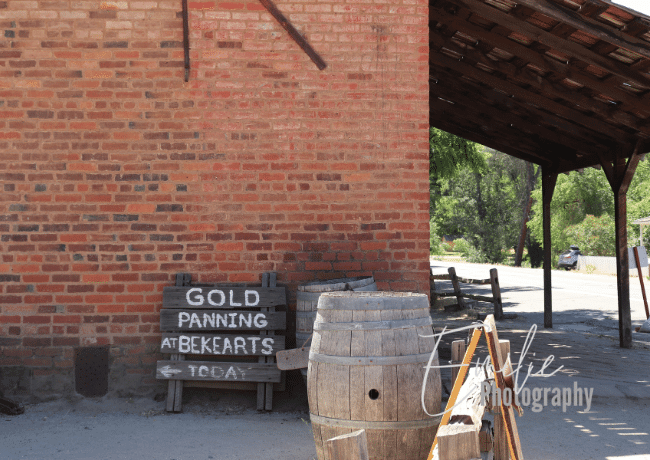
It all started in a small town called Coloma in El Dorado County, California. Back in 1848, a man called James Wilson Marshall was on staff to build a water-powered John Sutter’s Mill.
One day, exactly on January 24, 1848, James made a historic discovery: He found flakes of gold in the American River. It was the first discovery of gold in California.
“It made my heart thump, for I was certain it was gold.”
Not too long after this discovery of gold, the word of gold in California started to spread, and people from around the United States slowly made their way to California. Those gold miners, known as the “forty-niners,” traveled across the mountains, by sea, even sailing from Central America.
They borrowed money, mortgaged their property, and spent their entire life saving for this journey in the hope of becoming wealthy. That was the start of the California Gold Rush.
The route taken by the gold miners was named Route 49. It was named after the “forty-niners.” The “forty-niners” were all the gold seekers arriving mostly from the East Coast in California during the Gold fever peak in 1849.
Without the Gold Rush, California would not be what it is today. Historically, California was not even part of the United States; it was part of Mexico until 1948. At that time, the population of California was barely 1,000 people.
But, when people found that there was gold in the region, more than 300,000 people headed to California during the Gold Rush area (from 1849 to 1859), 100 000 of them arrived within the first 2 years.
The forty-niners extracted 750,000 pounds of gold in the 10-year Gold Rush period, but sadly, very few people got rich from the gold they found. It helped the economy and also helped California become a state. But nowadays, it would be equivalent to billions of dollars in gold.
Nowadays, there are still gold fields to be found in California near the Sierra foothills. But there is no guarantee gold will be found. The good thing to know is that it’s legal to gold pan in California and allowed in some of the State Parks, such as Marshall Gold Discovery Park.
The California Gold Rush in number:
- 750,000 lbs of gold were extracted in the 10-year gold rush period.
- With today’s gold price, it would be the equivalent of USD $ 2 070 000 000 (2 billion $)
- More than 300,000 gold seekers immigrated to California to participate in the digging.
📍California Gold Rush Towns map
You can check the California gold rush map below to better plan your field trips.
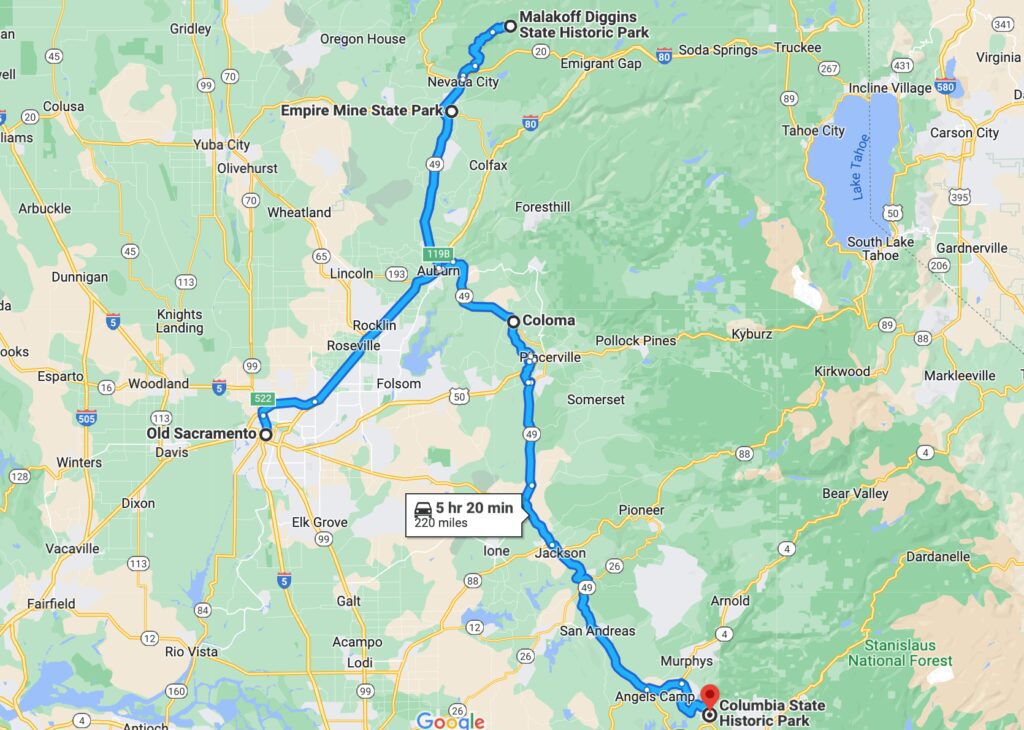
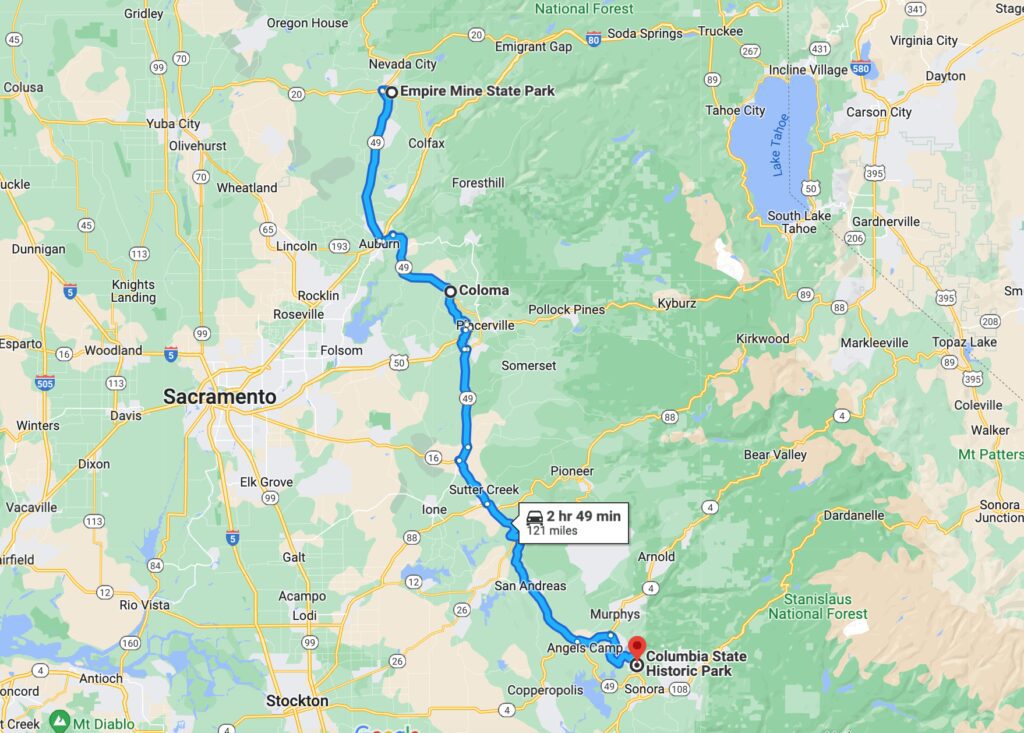
Gold Rush Towns in California
There are a few great gold rush field trips to do in Northern California. Most of them are now State Historic Park and offer fun activities for the family.
When you arrive at one of the state’s historic parks, make sure to stop at the Welcome Center first to ask for the Junior Rangers booklets for gold rush activities for kids.
Some parks even have California Gold Rush scavenger hunts, which are always a hit with kids (at James Marshall Gold Discovery Park and Empire Mine State Historic Park).
1. James Marshall Gold Discovery Park
- What? Marshall Gold Discovery State Historic Park
- Where? 310 Back Street, Coloma, CA 95613
- How much? $10 per vehicle
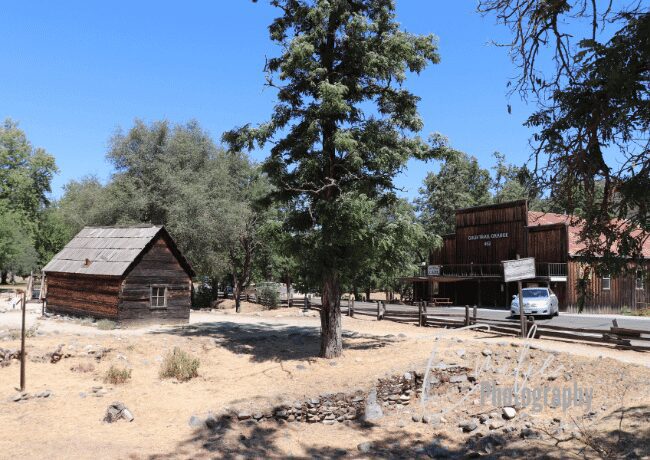
When visiting Marshall Gold Discovery State Historic Park, you’ll be where the California gold rush started. In the tiny town of Coloma (now only about 200 residents), James Marshall found shining dots of gold. You’ll also discover over 20 historic buildings, some offering live exhibits:
- Replica of the original sawmill
- Blacksmith shop
- Jail
- Marshall’s cabin
- St. John Church
- And so many more
While at James Marshall Gold Discovery Park, don’t miss:
- Pick your Junior Ranger Program at the Visitor Center (or you can download it here)
- Gold panning lessons (reservation needed)
- Gold Discovery Guided tour of the park (reservation needed)
- Picnic by the American River
Also, 70% of the town of Coloma is part of James Marshall Gold Discovery Park, so you may actually see residents stopping by the Post Office or ordering a coffee at The Argonaut.
2. Empire Mine State Historic Park
- What? Empire Mine State Historic Park
- Where? 10791 E Empire St, Grass Valley, CA 95945
- How much? $5.00 per person. Free for children under 5
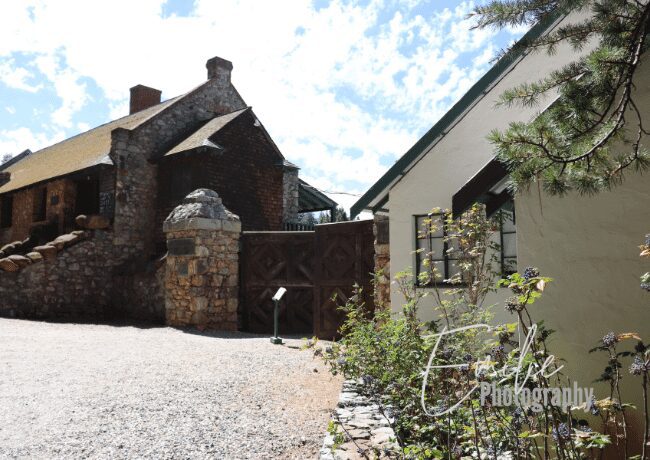
Empire Mine State Historic Park is a state-protected mine and park nestled in the Sierra Nevada mountains.
When visiting this incredible historic park for the first time, spend some time in the Visitor Center to learn about one of the oldest, most profound, and richest gold mines in California.
In the visitor center, you’ll also find the “Secret Room,” home to a scale model of the mine’s 5-square-mile network.
After your visit to the visitor center, walk around the surroundings and head to Bourn Cottage, the home of William Bowers Bourn Jr., who took over the mine management in 1879.
This country state was mainly used as a summer vacation home for the Bourn Family since their primary residence was at Filoli, a large estate located in the south of San Francisco.
Estate and mine yard guided tours are included in the entry fee. The Mine Yard Tour gives you a feeling of what the miners’ life was, whereas the Cottage Grounds Tour is more uplifting and takes you to the charming Bourn Cottage.
3. Columbia State Historic Park
- What? Columbia State Historic Park
- Where? 22708 Broadway St, Columbia, CA 95310
- How much? Free admission, guided tour, and trolley at extra cost
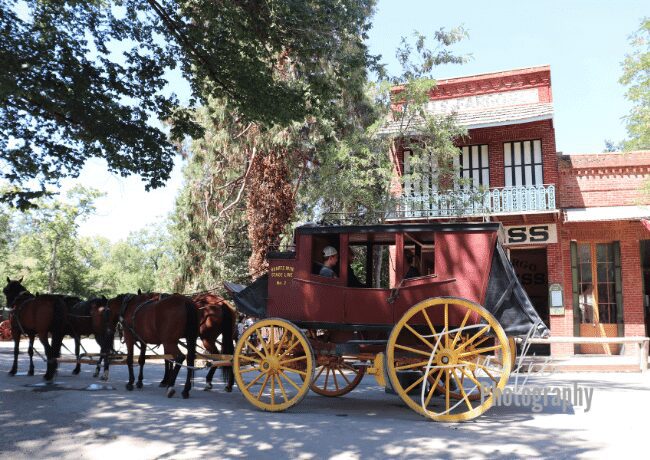
Columbia State Historical Park, located in California Mother Lode, is one of the most charming California gold rush towns in the area, and it’s referred to as the “Gem of the Southern Mines.”
Columbia State Historic Park is also very well preserved in comparison to other Gold Rush towns, as it survived past fire and vandalism, and it was never deserted. During the period between 1850 and 1870, the area mined over 1 billion dollars in gold, and it was the second-largest city in California.
Walking through this historic park takes you back in time – its large collection of existing gold rush-era structures, the sounds of the mining town, and the smell of coal smoke from the blacksmith shop.
There are many incredible activities to do with kids in Columbia State Historic Park.
Some unmissable things to do include visiting the Visitor Center and Columbia Museum, watching a live demonstration of the fired forge and work on the anvil at Parrotts Blacksmith’s shop, and taking a ride in a replica of an 1856 stagecoach.
We also loved going on the Nature Trail, an easy loop trail perfect for families. In this lovely walk, you can enjoy beautiful views of hills, have a picnic, or relax in the shade of the oak trees.
Columbia Historic Park is also a great option for families on a budget since there’s free admission, parking, and guided tours.
4. Malakoff Diggins State Historic Park
- What? Malakoff Diggins State Historic Park
- Where? 23579 N Bloomfield Rd, Nevada City, CA 95959. On Tyler Foote Road, stay on the pavement and follow the yellow line to the park.
- How much? $10 per vehicle
Another California State Park that you can’t miss is the Malakoff Diggins State Historic Park, located in the northern part of California’s Mother Lode country.
This historic park maintains and interprets the 1850s -1880s hydraulic mining era when those in search of gold washed away mountains and hills. Gold was first discovered in 1851, and hydraulic mining began in 1853.
There are many activities to do in the park – from joining a guided tour and watching wildlife such as black bears and coyotes, to fishing and going on a scenic hike.
If your family loves hiking, you’ll be amazed by the 20 miles of hiking trails you can find in this park, and surprisingly, these are connected with the popular South Yuba River Trail.
If you’re planning to stay overnight, there are 30 campsites at Chute Hill available during the camping season.
5. Old Sacramento District
- What? Old Sacramento
- Where? 1002 2nd St Sacramento, CA 95814 (Visitor Center)
- How much? There is no entrance fee, but you may have to pay for parking.
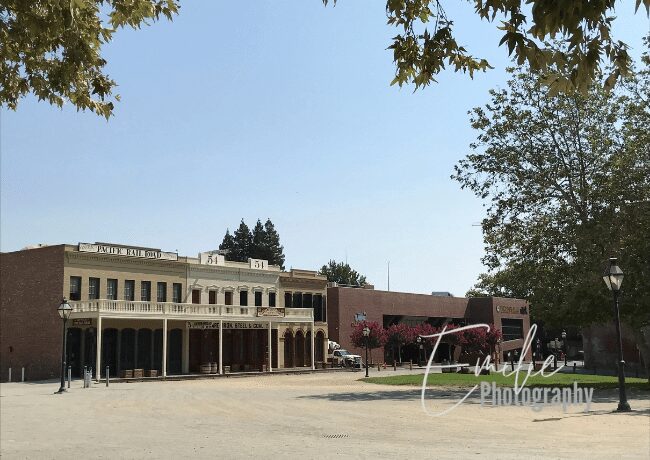
Old Sacramento is located along the beautiful Sacramento River. This charming National Historic Landmark District and State Historic Park represent California’s beginning with the Gold Rush of 1849.
The lively district is surrounded by restaurants and cafes, shops and entertainment, and historical attractions that your family will love.
The Sacramento History Museum is a must for any history lover. Here, you can learn about Sacramento’s history from before the Gold Rush to beyond World War II.
Kids really enjoy visiting the Old Sacramento Schoolhouse Museum as it takes them back to school before advanced technology, taking a ride on a horse-drawn carriage, and enjoying a delicious donut or ice cream at Danny’s Mini Donuts. The California State Railroad Museum is also a must-see when in Old Sacramento.
You can try to park at their surface lot parking, but if you don’t find space, you want to check Old Sacramento Garage (weekend pre-pay Rates are between $10 and $15) and Tower Bridge Garage (weekend pre-pay Rates are between $10 and $15).
6. Calico Ghost Town
- What? Calico Ghost Town Regional Park
- Where? 36600 Ghost Town Road, Yermo, CA 92398 909.387.2757
- How much? Adults: $8 Youth (4-11): $5
Calico Ghost Town is located in San Bernardino County. This old mining town was founded in 1881 and became one of the largest silver producers in California until it was abandoned by its residents when the mines closed in the 1890s.
Nowadays, visitors can explore the remnants of this once-thriving town, such as the restored buildings and mining equipment.
If you’re traveling with kids, the Lucy Lane Museum holds interactive exhibits if you want to learn more about the history of Calico town.
Do you want to explore what it feels like to be inside a mine? Check out the Maggie mine, an old silver mine perfect for all ages. Here, you can take a tour of the mine and explore its various tunnels and caverns.
And if you want something fun, take a thrilling Calico Odessa Train ride that will tour you around the historical sites of Calico for 8 minutes.
Plenty of outdoor activities exist, including off-road trails, biking, and hiking. Don’t forget to let your kids experience how to pann gold like expert miners did in the past. It’s one of the great ways to teach them about history and have some fun at the same time.
And if you’re planning an overnight stay here, you can rent cabins and bunkhouses. Also, if you prefer to camp, there is a spacious campsite inside the park. Just make a reservation in advance.
Highway 49 Road Trip Itinerary
The perfect Highway 49 road trip itinerary for a California Gold Rush field trip would be:
✅ Start in Old Sacramento and explore the old town. You can visit the railway museum. If time allows, you can make an extra stop at Sutter’s Fort State Historic Park in downtown Sacramento. It’s where John Sutter was based when he first heard about the gold discovery in Coloma by James Marshall.
✅ Drive along the gold rush Highway 49 to Malakoff Diggins State Park. You’ll be at the foothills of the Sierra Nevada.
✅ Drive back on Route 49 (north direction) to Empire Mine State Park, where you can enter an old mine. Empire Mines was one of the oldest, deepest, and richest gold mines in California.
✅ Then, drive past the town of Auburn. You might want to stop in Auburn for a quick visit or an overnight stay. Then, drive to Coloma to visit Marshall Gold Discovery State Historic Park.
✅ Continue your Highway 49 road trip down to Columbia State Historic Park.
🪙 Gold Panning in California Tours
If you’d like to get even closer to the gold rush days, consider booking for one of California’s family-friendly gold panning tours!
🚗 A Highway 49 Drive: A Self-Guided Audio Tour from Angels Camp to Jamestown
Experience the Gold Rush in a unique way by taking a drive along California’s historic Highway 49 from Angels Camp to Jamestown. This journey will lead you through iconic towns and settlements from the Gold Rush era, such as Murphys and Sonora.
While exploring these charming towns, you’ll have the opportunity to listen to intriguing stories and uncover historical facts from the past.
This adventure is not only educational but also highly entertaining, giving you the freedom to explore the region at your own pace. Just follow the audio guide and enjoy the breathtaking scenery of Highway 49.
👉🏻 Book a Self-Guided Audio Tour from Angels Camp to Jamestown here!
🧭 Calico Ghost Town Tour from Los Angeles
Travel back in time with a visit to the old mining town of Calico with a guided tour from Los Angeles. This tour promises a fantastic time for kids and adults, including a visit to the old Silver Maggie Mine, a mind-blowing experience at the Mystery Shack, a chance to discover real gold during the Gold Panning Adventure, and a thrilling ride on the old Odessa Rail Road. With this tour? You’ll find a lot in this called “Calico Ghost Town.”
👉🏻 Book the Calico Ghost Town Tour from Los Angeles here!
🍭 San Francisco: Gold Rush and Candy Factory Full-Day Trip
For the ultimate California experience, why not take a guided tour of some of San Francisco’s most iconic landmarks?
One of the highlights of this trip is a visit to Marshall Gold State Historic Park—one of the best places to visit with families. Here, you’ll visit museums, learn about the history of the gold rush and how it all started, and enjoy activities like panning for gold.
After the park, you’ll head to Jelly Belly Candy Company, a known candy factory where you can indulge in some of the best sweet treats!
👉🏻 Book the San Francisco: Gold Rush and Candy Factory Full-Day Trip here!
F.A.Q.S: Gold Rush Towns in California
Where to find gold in California?
Gold can be found most likely in the northern and central portions of the Sierra Nevada mountain range. And most deposits are more in the north part.
When was the California Gold Rush?
The California Gold Rush began on January 24, 1848, and lasted until 1855.
What was the California Gold Rush?
The California Gold Rush was one of the most notable events in American history. It started on January 24, 1848, when a man named James Wilson Marshall found pieces of gold in the small town of Coloma in El Dorado County, California. After the discovery, the news quickly spread, and because of that, many people rushed to California in hopes of finding gold, too. And that’s how the California Gold Rush started, which changed California a lot and helped California become a state.
Where was the California gold rush?
It started in the small town of Coloma in El Dorado County, California, specifically at Sutter’s Mill.
When did the California Gold Rush start?
It started on January 24, 1848, when James Wilson Marshall made the historic discovery of gold.
How much gold was found in the California Gold Rush?
During California’s Gold Rush, the so-called forty-niners found a total of 750,000 pounds of Gold from the years 1849-1859.
Where was gold first found in California?
The first gold found was in Coloma in El Dorado County, California, at Sutter’s Mill.
What year was gold discovered in California?
From the year 1849, month of January, until the year 1859.
Final Thoughts: Gold Rush Towns in California
When it comes to taking a step back in time and learning about actual history, you can’t go wrong with the Gold Rush towns in California. Whether adventurous or just curious, each historical village offers something unique.
These historical sites are full of captivating stories that draw you in the moment you step foot through their doors. Not only can you go back in time during this period, but you can also explore breathtaking outdoor spaces and enjoy some incredible Wild West attractions.
Don’t miss those amazing opportunities to learn all about the California gold rush and where it happened. 😉
Related Articles
If you enjoyed this article, you might also like to read the following articles:
